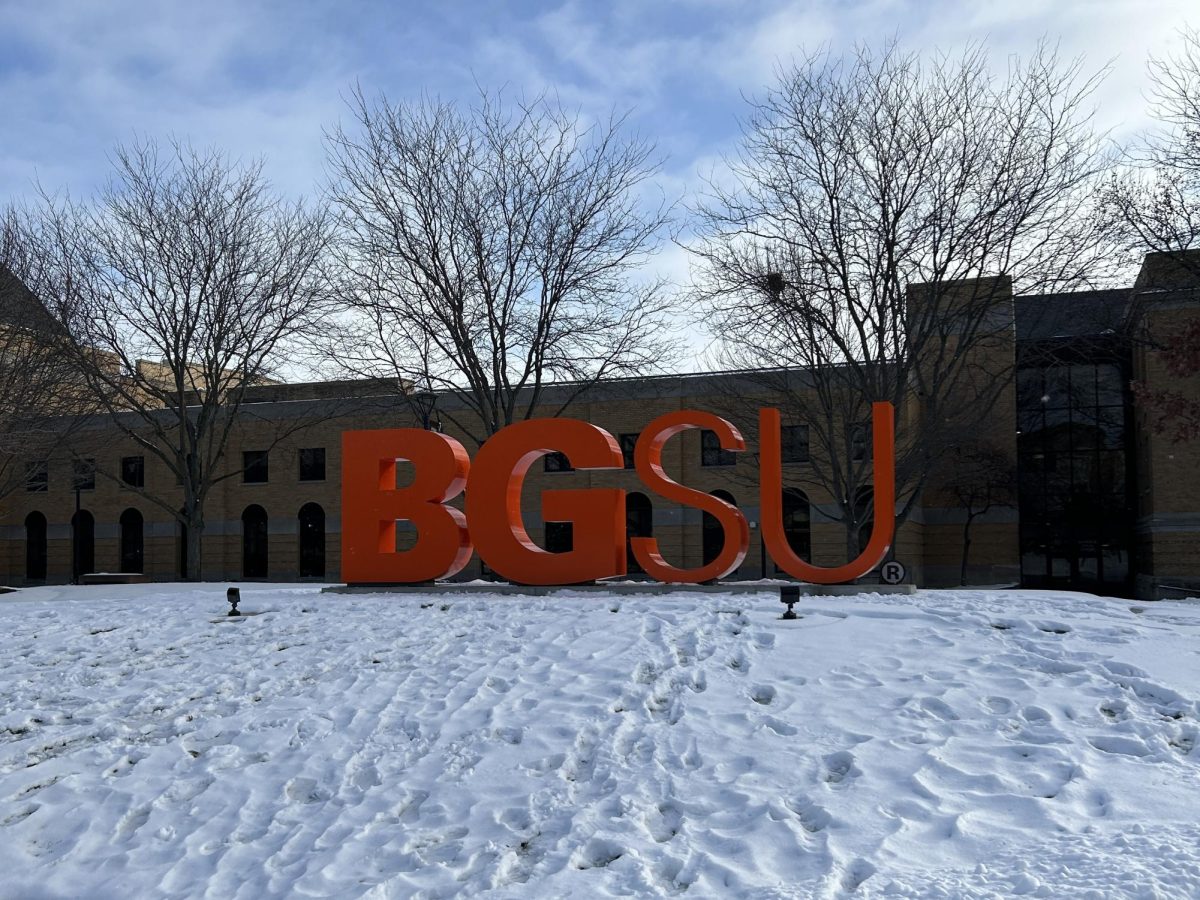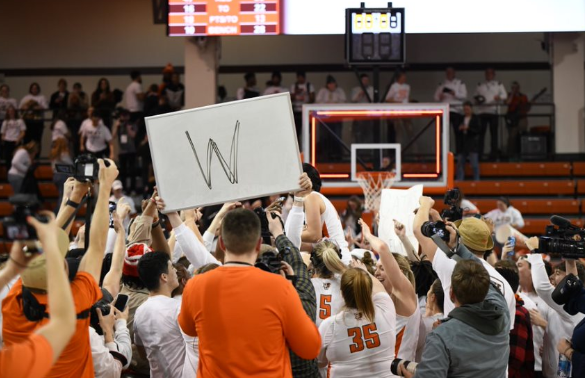Sept. 11, 2001 set the tone of our generation. That morning eight years ago is indelibly imprinted on our collective consciousness.
As we wage two wars and confront the complexities of the Middle East, we are still haunted by the horrors of that day. But all of this begs the question: What better way to rebuild our American spirit than to rebuild the World Trade Center?
As it turns out, this task is easier said than done – but not because people aren’t interested. Many started thinking about rebuilding the towers even as the piles of rubble still smoldered. The problem is, in the eight years since the attacks, issue after issue has bogged down the project.
Architect Daniel Libeskind was chosen to engineer the effort, but his original proposition featuring an asymmetrical tower that recalled the Statue of Liberty has been scrapped in favor of the current realization, the centerpiece of which is a shimmering tower that begins with a square base, morphs into an octagon halfway up, and is once more a square at the top. It will rise to the exact height of the original North Tower, but the addition of an antenna brings the total height to 1,776 feet.’
On one hand, this seems a little corny. It feels as if the designers are picking the low-hanging fruit as far as symbolic numbers go, and the effort to incorporate the year of American independence feels somewhat forced. But on the other hand, some of the spirit of America lies in its willingness to enjoy a kitschy inside reference, even in the midst of rebuilding after a tragedy.’
This main building was originally given the name ‘Freedom Tower’ by former New York Gov. George Pataki. It has since been re-designated 1 World Trade Center, the address of the original North Tower. While the official address is clunky and a good nickname is a fine thing, the moniker ‘Freedom Tower’ could make a person a little nervous.
The concept of freedom is a wonderful thing, and it’s good to live in a country where we have it. But the word ‘freedom’ has, in the context of 9/11, taken on a buzzword status, ever since the explanation of ‘They hate our freedoms’ began cropping up as an easy-to-process substitute for a full exposition of the web of complex international relations and conflicting ideologies that led up to this tragedy and then colored our response to it.
The dignity of a new World Trade Center needs not be sullied by something that reminds us of ‘freedom fries.’
The design of the centerpiece tower itself involves a reflecting facade that is airy and ethereal and a sculpted antenna with a round base. But no design can please everybody. New York Times architecture critic Nicolai Ouroussoff pronounced it ‘brooding’ and ‘obelisk-like,’ while others look at it and see something resembling a hypodermic needle which is whimsically reminiscent of the last paragraph of Lincoln’s inaugural speech, where he exhorts his nation to ‘bind up the nation’s wounds… to do all which may achieve and cherish a just and lasting peace among ourselves and with all nations.”
That’s what this project is about – binding up the nation’s wounds and continuing forward, despite the sadness of that morning eight years ago and the many trials and divisions we have faced since then. Progress has been difficult, but work on the new World Trade Center has begun, ensuring that even as we rebuild and recover, those who lost their lives will not be forgotten.’







